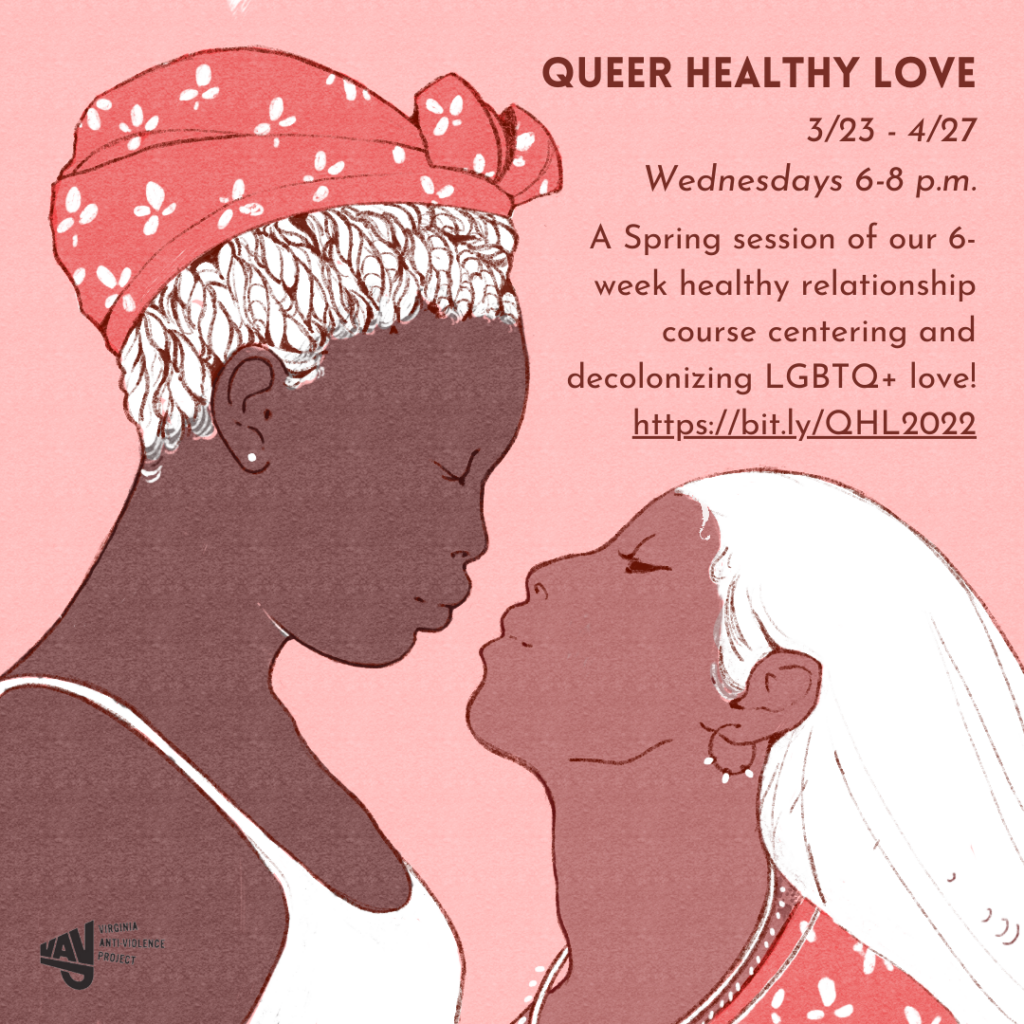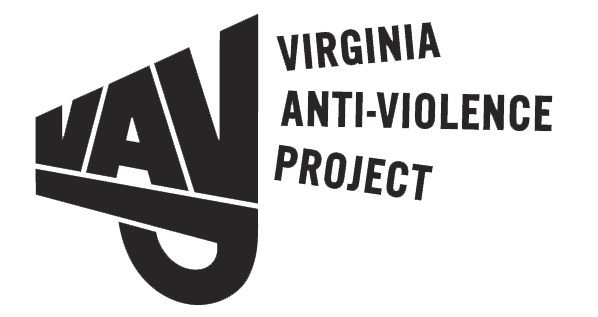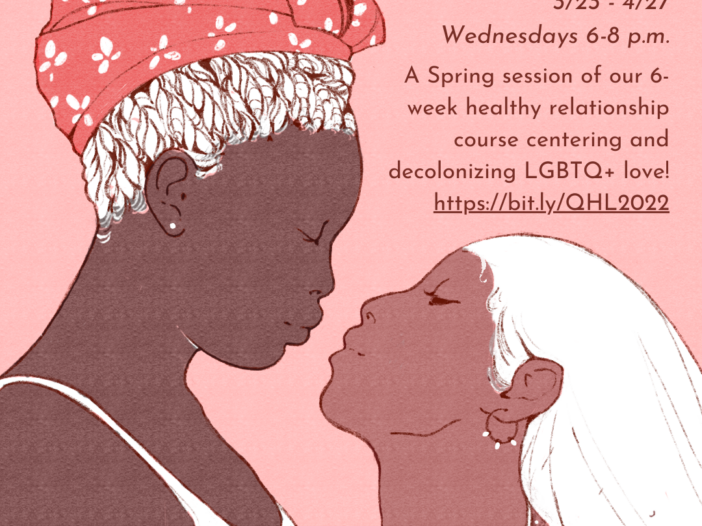
Our 6 week healthy relationship building class, Queer Healthy Love, is returning for a Spring session! Join our advocacy team weekly from March 23rd through April 27th on Wednesdays, 6-8 p.m. EST for powerful sessions discussing love, sexuality, and decolonialism. Registration can be found at bit.ly/QHL2022 !
FAQ
What exactly is QHL?
Queer Healthy Love is a 6 part healthy relationship building course hosted and created by the Virginia Anti-Violence Project. It is one of our longest running projects, and is reflective of the values we hold as an organization and in our direct advocacy work. It centers LGBTQ+ love, and teaches participants how to navigate relationships in a decolonial way.
What does “decolonial” mean? What does it mean for love to be decolonized?
Decolonial refers to the process of dismantling systems that were constructed by political, religious, ethnic, and social colonialism. For many cultures prior to colonization, love and sexuality was something to be discussed openly and without shame. For us, decolonizing love means getting back to that place of mutual respect, communication, and honesty about our relationships and bodies.
Do I have to come to all 6 sessions?
Yes, we encourage you only to register if you are able to attend all 6 sessions (emergencies notwithstanding). We do recognize that this is a large time commitment, but it is very important to the overall success of the course. Not only will you be building an environment of trust with your classmates, but each week will also build on the last for a cohesive structure.
What accessibility measures are available?
Accessibility and language/disability justice are important to VAVP. If there are access needs important to you, please note so on the registration form and we will do our best to provide for you. This includes language interpretation (including ASL), requesting large print handouts, etc.

